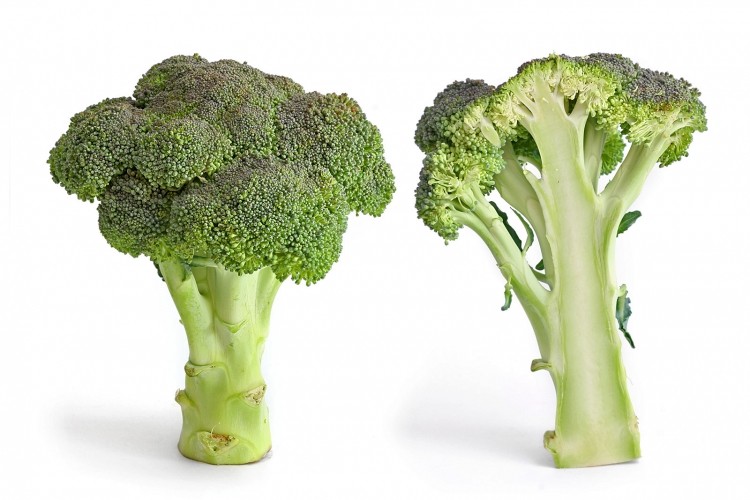Vegetable compound DIM may offer radiation therapy protection: Animal data

The compound known as 3,3'-diindolylmethane (DIM) has previously has been suggested to have cancer preventive properties, and has been shown to be safe for humans. Now research published in the Proceedings of the National Academy of Sciences (PNAS) suggests that DIM may protect normal tissues during radiation therapy for cancer treatment and prevent or mitigate sickness caused by radiation exposure.
"DIM has been studied as a cancer prevention agent for years, but this is the first indication that DIM can also act as a radiation protector," said Dr Eliot Rosen from Georgetown Lombardi Comprehensive Cancer Center, USA - corresponding author of the study.
As part of the study, the team irradiated rats with lethal doses of gamma ray radiation. Half of the animals were then given a daily dose of DIM for two weeks, starting 10 minutes after the radiation exposure.
The result was stunning, said Rosen: "All of the untreated rats died, but well over half of the DIM-treated animals remained alive 30 days after the radiation exposure."




